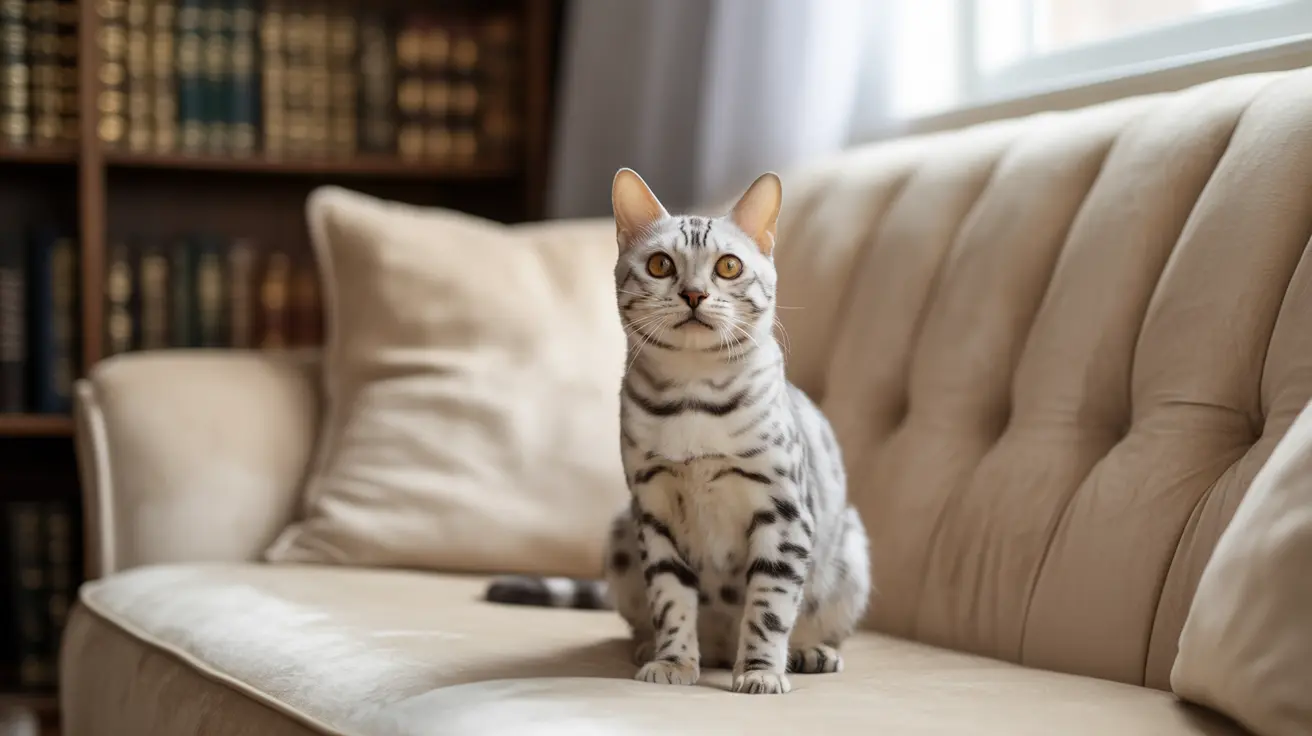Common Causes of Nasal Dripping in Cats
Upper Respiratory Infections
Upper respiratory infections (URIs) are the most common cause of a dripping nose in cats. These infections are typically viral, with feline herpesvirus and calicivirus accounting for 80-90% of cases. Symptoms often include clear to colored nasal discharge, sneezing, and sometimes eye discharge.
Environmental Allergies and Irritants
Many cats develop nasal discharge due to environmental triggers such as:
- Dust and pollen
- Household cleaning products
- Perfumes and air fresheners
- Cigarette smoke
- Scented cat litter
Physical Obstructions and Injuries
Foreign objects, nasal polyps, or trauma to the nose can cause persistent dripping. These cases often present with:
- One-sided nasal discharge
- Occasional bleeding
- Pawing at the face
- Difficulty breathing
Signs That Require Immediate Veterinary Attention
While some cases of nasal dripping may resolve on their own, certain symptoms warrant prompt medical attention:
- Thick, colored, or bloody discharge
- Difficulty breathing or open-mouth breathing
- Loss of appetite or lethargy
- Facial swelling or pain
- Symptoms persisting beyond 7-10 days
Treatment Options and Home Care
Treatment depends on the underlying cause but may include:
- Antibiotics for bacterial infections
- Antihistamines for allergies
- Humidifier use to ease congestion
- Regular cleaning of nasal discharge
- Removal of environmental irritants
For mild cases, supporting your cat's immune system through proper nutrition and stress reduction can help speed recovery.
Prevention Strategies
To minimize the risk of nasal issues:
- Keep vaccinations current
- Maintain good dental hygiene
- Reduce exposure to environmental irritants
- Regular veterinary check-ups
- Clean living environment
Frequently Asked Questions
Why is my cat's nose dripping and what are the most common causes?
The most common causes include upper respiratory infections (typically viral), allergies, environmental irritants, and occasionally foreign objects or structural issues in the nasal passages. Viral infections like feline herpesvirus and calicivirus are responsible for most cases.
How can I tell if my cat's runny nose is due to allergies, infection, or something more serious?
Allergies typically produce clear discharge and may be seasonal or linked to specific triggers. Infections often cause colored discharge and are accompanied by other symptoms like sneezing and lethargy. Serious conditions usually involve thick, colored, or bloody discharge, along with systemic symptoms like loss of appetite or difficulty breathing.
When should I take my cat to the vet for a dripping or runny nose?
Seek veterinary care if you notice thick or colored discharge, breathing difficulties, lethargy, loss of appetite, facial swelling, or if symptoms persist beyond 7-10 days. Any bloody discharge requires immediate attention.
What home care treatments can help a cat with a runny nose caused by an upper respiratory infection?
Use a humidifier to add moisture to the air, gently clean discharge from the nose, ensure good hydration, and maintain a stress-free environment. Keep your cat eating by warming food slightly to enhance its aroma, as nasal congestion can affect appetite.
Can dental disease cause my cat's nose to drip, and how is it treated?
Yes, severe dental disease can create a connection between the mouth and nasal cavity, causing nasal discharge. Treatment typically involves addressing the dental issue through professional cleaning, tooth extraction if necessary, and antibiotics for any infection.
Conclusion
While a dripping nose in cats can be concerning, understanding the common causes and appropriate responses helps ensure proper care. Monitor your cat's symptoms closely, maintain preventive care practices, and don't hesitate to seek veterinary attention when needed. With proper care and attention, most cases of nasal discharge can be effectively managed or resolved.






